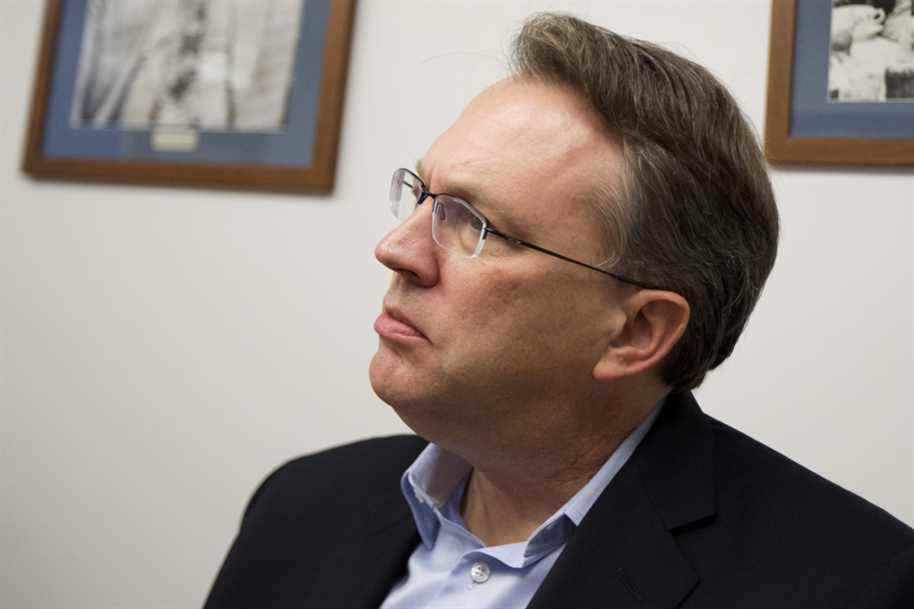(Washington) The American central bank is preparing to launch a series of hikes in its key rates to fight against inflation, a movement whose magnitude is debated among officials of the institution, although the idea of a soft first uplift seems to be gaining ground.
Updated yesterday at 6:14 p.m.
“Personally, I don’t see any compelling case for going strong in the beginning,” New York Fed President John Williams told reporters on the sidelines of an online conference at the University of New Jersey on Friday. City.
He is therefore in favor of a small increase to begin with, then, depending on how the situation develops, “slow down or speed up”.
“I anticipate it will be appropriate at our next meeting […] to launch a series of rate hikes, ”said Governor Lael Brainard, appointed by Joe Biden to be number two at the Fed, on Friday at a conference in New York.
Faced with inflation at its highest in 40 years, the debate is no longer whether or not the powerful Federal Reserve will begin to raise its rates in March, which for two years have been between 0 and 0.25%, but what will be the extent of the increase.
Will she opt for the usual quarter-point increase to bring rates down to 0.25-0.50%? Or will it strike harder, to raise them directly to 0.50-0.75%?
It was in May 2000 that the Fed had, for the last time, resorted to a sharp hike of half a point.
“Higher inflation and higher inflation risks will cause the Federal Reserve to raise rates more aggressively than we previously considered,” Nancy Vanden Houten and Kathy Bostjancic, economists for Oxford Economics, commented in a note. They expect a rise of half a point directly next month.
Three-quarters of market participants, however, expect the Fed to tread lightly at its March 15-16 meeting, according to CME Group’s futures product valuation.
In-game credibility
Another official of the monetary institution has revived the debate in recent weeks on the extent of the increase to be expected, pleading to strike a blow from March.
James Bullard, chairman of the St. Louis branch of the Fed, would like to see rates raised by one point by the 1er July.
“We were surprised by the high inflation. […] Our credibility is at stake”, he said on Monday, highlighting the need to “react to the figures”, but “in an organized way and without disrupting the markets”.
The world’s largest economy has recovered from the damage caused by the COVID-19 pandemic. But it is now threatened by a danger that it had not seen for 40 years: excessive inflation.
The rise in prices reached 5.8% in 2021, according to the PCE index which is favored by the Fed, its highest rate since 1982, and above all well above the 2% in the long term that the monetary institution aims for.
Core inflation, which excludes volatile energy and food prices, came in at 4.9%.
Balance sheet reduction
Raising key rates helps bring down inflation. Indeed, they make credit more expensive for households and businesses, which slows down demand and consumption, easing the pressure on prices.
But for Lael Brainard, this must be accompanied by the reduction of the balance sheet, that is to say, parting little by little from the millions of dollars of Treasury bills and other assets which had been bought by the Federal Reserve since March 2020. , to support the functioning of the economy.
“My feeling is that the combination of a series of interest rate hikes” with balance sheet reduction “will bring inflation down over time while supporting an inclusive recovery,” she stressed.
The process could start “later this year”, also underlined John Williams.
He expects that, by the end of 2022, “PCE price inflation will return to around 3%, before falling further next year as supply issues continue to ease”.
He also expects “GDP growth of just under 3% this year” and an unemployment rate “around 3.5%” at the end of 2022.
